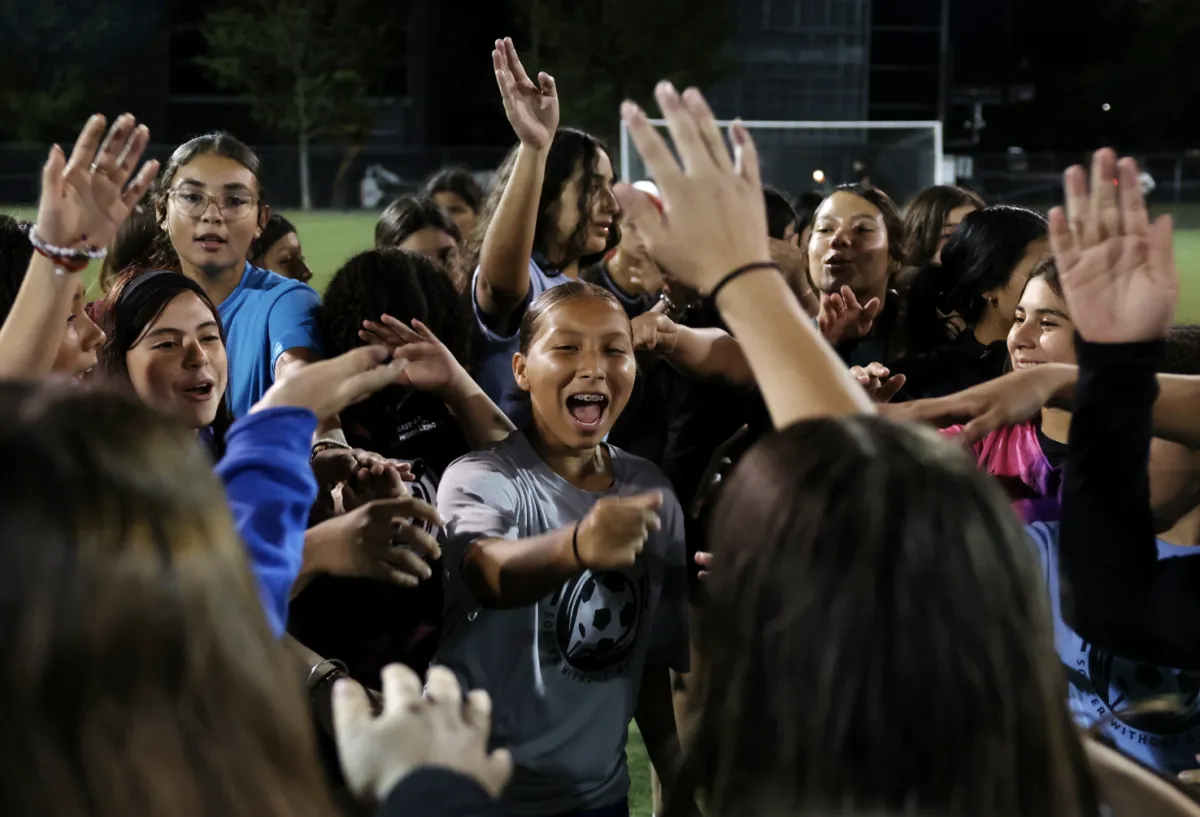
Immigrant Families in Boston: How Soccer Programs Break Barriers and Build Belonging
Boston is a rich tapestry of cultures, languages and stories—from new arrivals seeking opportunity to long‑settled communities building brighter futures. For immigrant families, sports—and soccer in particular—have emerged as a powerful vehicle of integration, social connection and personal growth. In this article, we’ll explore how local soccer programs in the Boston area are helping immigrant families overcome barriers, establish belonging and empower young players. We’ll also highlight compelling statistics showing how broad the immigrant influence already is in U.S. soccer.
The Role of Soccer in Immigrant Family Life
For many families arriving in the United States, adapting to a new environment involves navigating language, social norms, schooling and work. Youth sports, especially soccer, offer a familiar anchor: accessible, community‑based, affordable and globally understood. When children join soccer teams, families often connect with local coaches, other parents, school networks and community events—building a social bridge into mainstream life.
In Boston, programs that specifically welcome immigrant children tend to emphasize inclusive practices: multilingual communication, flexible fees or scholarships, culturally sensitive coaching, and outreach in immigrant neighborhoods. These efforts help mitigate two common barriers: cost (registration, equipment) and language/cultural disconnect.
Breaking Key Barriers for Immigrant Families
Language & Communication: Coaches and clubs that provide information in multiple languages or work with interpreters make registration, scheduling and communication much smoother for families whose primary language may not be English.
Financial Access: Many clubs offer sliding‑scale fees, scholarships or equipment libraries to reduce upfront cost. This is crucial because immigrant families often prioritize essentials and may view extra‑curricular sports as a luxury.
Cultural Fit & Belonging: Traditional soccer clubs sometimes assume familiarity with an American “club model” (trials, travel, parent volunteer roles). Programs that explicitly welcome newcomers and explain the pathway—while still valuing fun and development—help children feel comfortable.
Coach & Role‑Model Representation: When coaching staff or older players share immigrant backgrounds or speak multiple languages, it sends the message: “You belong here.” This representation helps children see themselves in the program.
Social Integration Beyond the Field: Soccer becomes a way for families to connect—parents meet other families, children make friends across cultures, and neighborhoods come together. Over time this builds social capital: trust, network, belonging.
Why This Matters for Youth Development
When immigrant children feel included, respected and connected, three things often improve: retention (they stay in the sport longer), performance (they engage more fully), and well‑being (they feel a sense of community). For parents, supporting their child’s soccer participation can signal positive assimilation, community engagement and opportunity for their child beyond the sport.
Moreover, local soccer programs that are immigrant‑sensitive contribute to community strength: reduced isolation, improved youth outcomes, and stronger multicultural ties across neighborhoods. In a city like Boston—with diverse immigrant populations from Latin America, Africa, Asia and the Caribbean—soccer can be a unifying thread.
Key Statistics: Immigrant Influence in U.S. Soccer
It may surprise some that the national level already reflects immigrant and dual‑national pathways. For example: one analysis found that during recent years the U.S. men’s soccer team included 12 players who were born abroad or to immigrant parents, plus additional players eligible through grandparents. While precise statewide or Boston‑area numbers are less easy to find, this national trend indicates the potential scale: immigrant youth participation isn’t just social—it reaches high performance. Programs in Boston that tap into immigrant communities are therefore aligning with a proven pathway.
What Makes Programs in Boston Stand Out
Neighborhood‑based clubs that eliminate long travel for families.
Community outreach events in immigrant‑rich neighborhoods (e.g., translation services, open houses).
Coaches trained to build inclusive team culture—not just performance‑driven.
Partnerships with schools, community centers and immigrant‑family support organizations.
Emphasis on fun, skill‑building and belonging before elite competition, so new arrivals feel safe and welcome.
Tips for Immigrant Families Evaluating Soccer Programs
Ask if there is language support (translations, bilingual staff).
Inquire about financial aid or equipment help.
Visit a practice to observe how coaches interact with kids and families from diverse backgrounds.
Ask how the club integrates new‑to‑the‑country families (e.g., orientation, peer mentorship).
Check if the coach and staff reflect cultural diversity—this can matter for comfort and role modeling.
Conclusion
For immigrant families in Boston, soccer is more than a sport—it’s a bridge to belonging. Through thoughtful programs that address language, financial, cultural and social barriers, children gain more than athletic skills: they gain confidence, community and a platform to thrive in their new home. The trend at the national level shows that immigrant and dual‑national players are integral to U.S. soccer success. That makes local efforts in Boston not just good for immigrants—they’re good for the sport, the community and the future.
By choosing a welcoming, supportive soccer program, immigrant families help their children step into more inclusive spaces, create friendships, build networks and lay down roots. Soccer becomes a way in, a way up, and a way together.